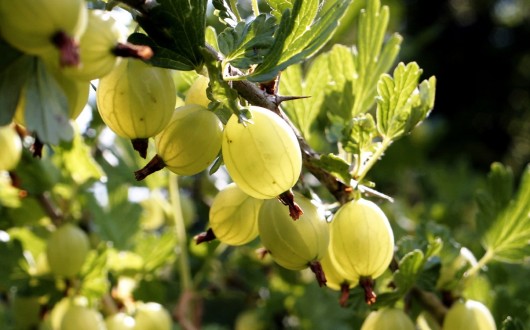Best Gooseberries For Gooseberry Juice And How To Choose Them
Gooseberries are related to currants, although the flavor is somewhat different and the fruit is much larger. They have been cultivated since the Middle Ages and are well-known for certain medicinal qualities that make them popular with juicers today. When juicing, it’s a good idea to frequently clear the juicer to remove pulp and seeds. These fruits can can also be juiced by hand.
What are the Best Gooseberries for Juicing?
There are two main varieties of gooseberry, the small American gooseberry and large European gooseberry. Gooseberries in general are not a popular fruit in America, and it may be difficult to find them outside of New England. They’re growing in popularity among gardeners, however, so they can often be picked up at farmer’s markets. In the UK, they’re quite common and used in many local dishes.
Some of the most common varieties of fruits in the US are Pixwell, Welcome and Hinnonmaki Red. These plants are available through mail-order nurseries for people interested in growing them. Otherwise, there will likely only be one local variety of gooseberry available at the farmer’s market or grocery store. As the fruit begins to gain popularity throughout the country, more varieties may become available.
How to Select a Gooseberry at Market
Gooseberries are edible at two stages of ripeness. When they’re young, they’re yellow-green in color and translucent. These have a tart taste and very firm skin. More mature berries will be deep red and will have somewhat softer flesh and a sweeter taste. Depending on your tastes, the sweeter mature berries may be best for juicing.
The best gooseberries for juicing will be firm to the touch without any soft spots or blemishes. Berries change from green to red while ripening, and become sweeter as they develop. Golden-skinned berries have a balance of tartness and sweetness that makes them especially versatile.
Berries will not continue to ripen once harvested. If you cannot find red-ripe berries, you can reduce the tartness by poaching the berries prior to juicing them. This will mellow the flavor without damaging the nutritional content of the berry too much.
